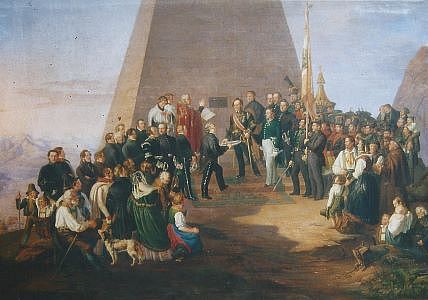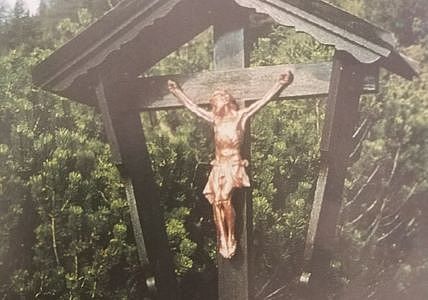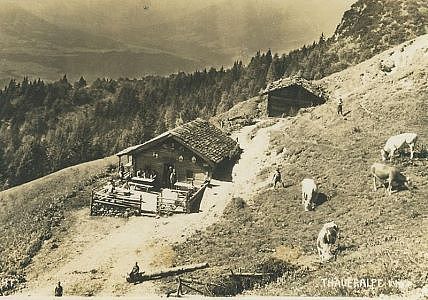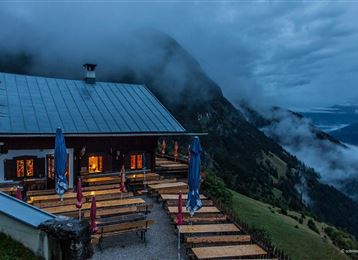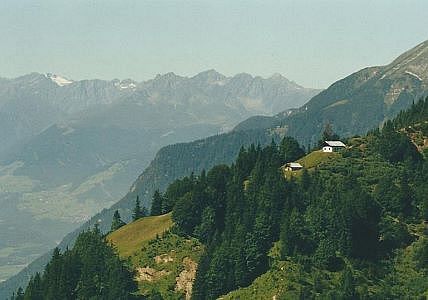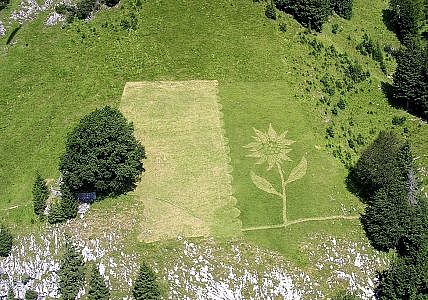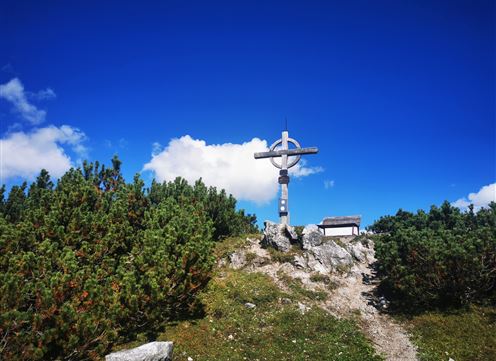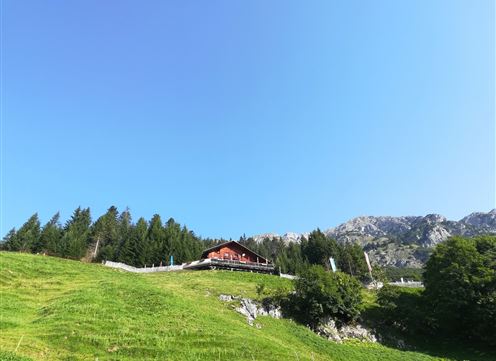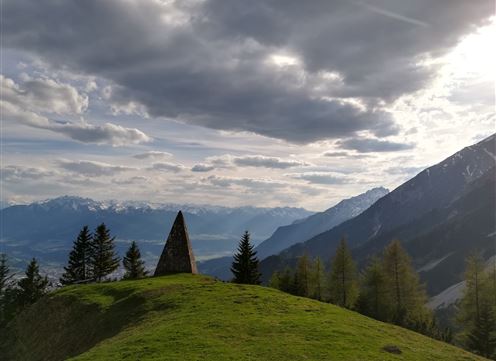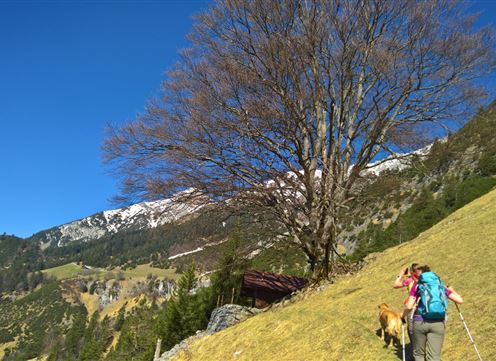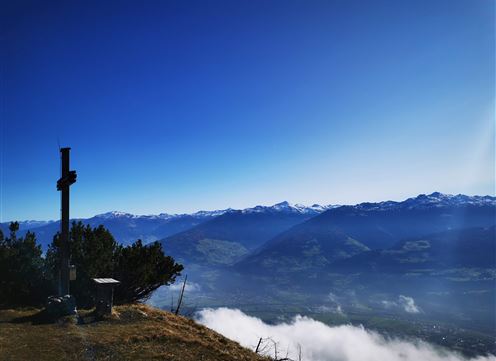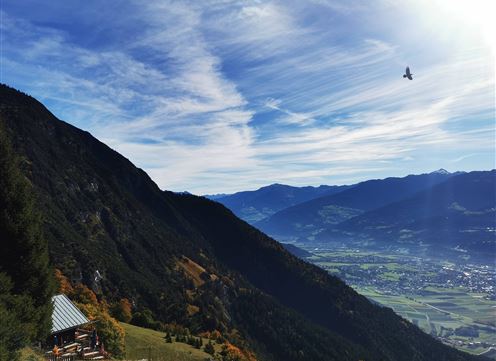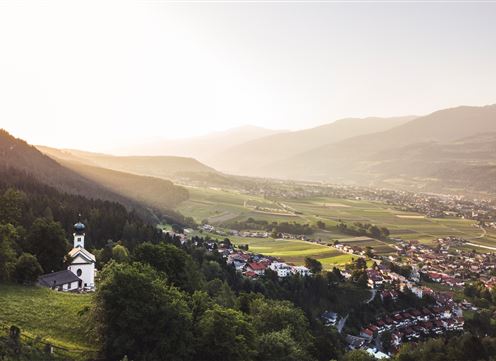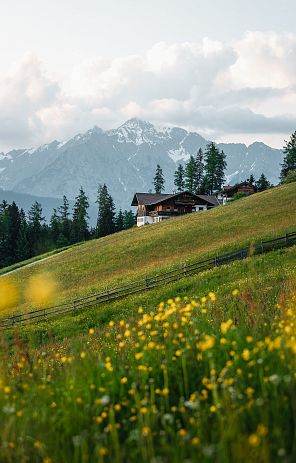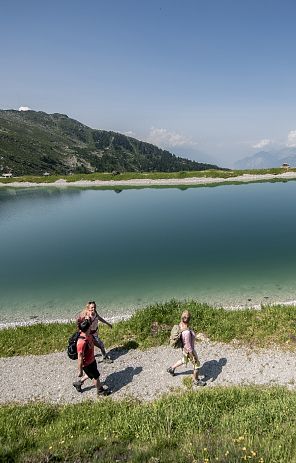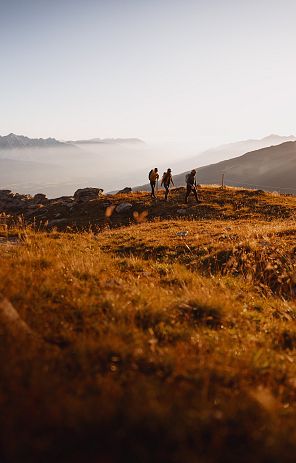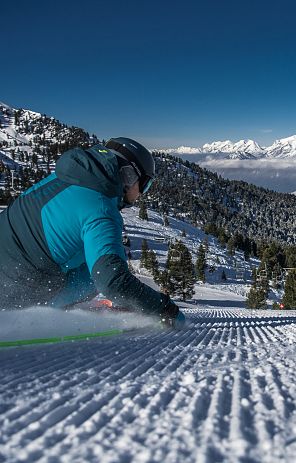Powerful Place. The imperial clumn in Thaur
For more than 200 years, this landmark has been enthroned on the striking vantage point high above the village of Thaur. In June 1815, the Congress of Vienna had just concluded the reorganization of Europe and on 21 October of that year, Emperor Franz I of Austria found some time to visit the town of Hall and the salt works there. On that occasion, he also climbed over the Thaurer Törl to this magnificent vantage point. From here he had an excellent view of the places where his Tyroleans - he had already ceded them to Bavaria at the green table in Pressburg in 1805 - had fought heroically for their freedom against Napoleon's troops.
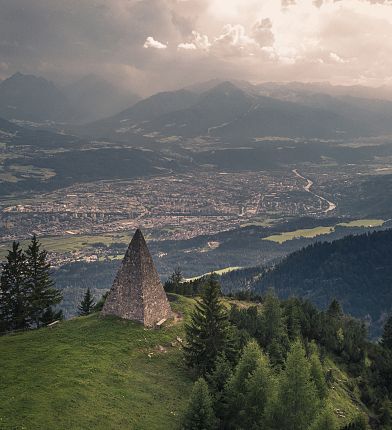
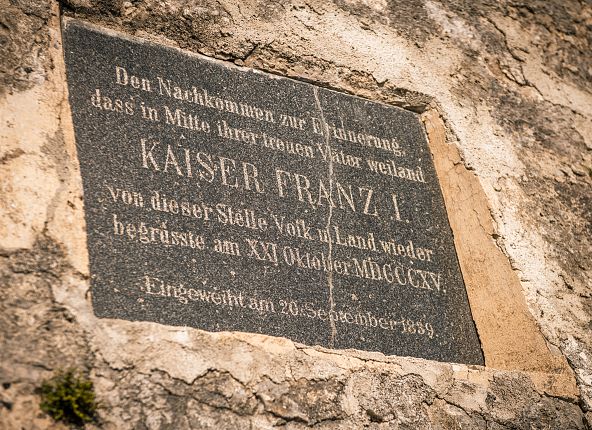
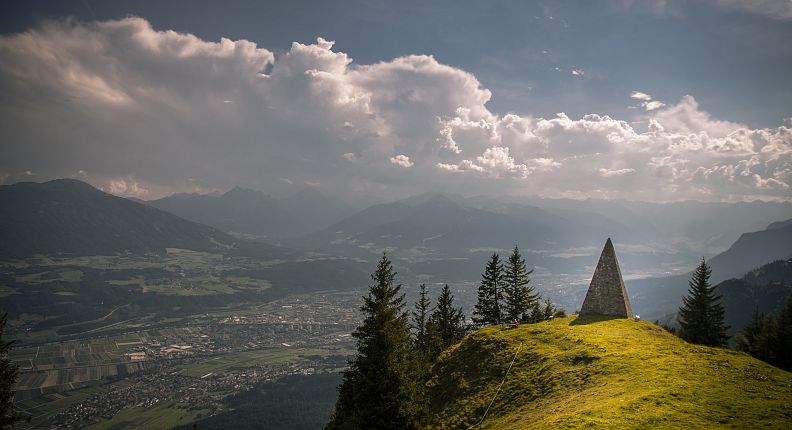
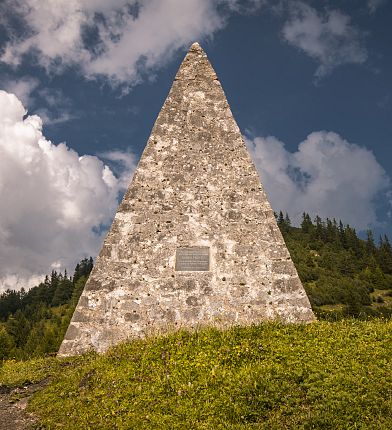
Directions to the Kaisersäule
How do you get to the Kaisersäule in Thaur?
Several paths lead to this wonderful vantage point and place of power. One option is via the Halltal to the Törl and then out to the Kaisersäule. From Thaur, it is best to take the path from the "Thaurer Alm" parking lot.
From the hiking parking lot, just above Thaur, you can decide after just a few minutes whether to follow the forest path or take the steep Haslbergsteig trail at the Adolf-Pichler-Weg junction.
After a good hour on the forest path, you will reach a beautiful viewing bench, where the Gasperlsteig (another ascent option) comes up from Rum. Once you reach the Thaurer Alm, hikers can enjoy a wonderful panoramic view over the Inn Valley. And... the Kaisersäule is already within reach! It's another 40 minutes and a good 200 meters in altitude to our destination.
Along the way, we get wonderful views down into the Thaurer Klamm gorge. There are no signs here, so we follow the "KS" markings on the trees. At the lower part of the Törl meadows, take the first path to the right and hike over beautiful ground up to the Kaisersäule. On this hike, it is very likely that you will encounter chamois again and again. Once at the top, all the effort of the ascent is forgotten. The view from here is fantastic.
The Kaisersäule power spot in Thaur at a glance
- Fantastic hike high above the Inn Valley
- idyllic Vintlalm
- Culinary delights at the Thaurer Alm
- the Kaisersäule in the middle of the Karwendel Nature Park
- A place steeped in history: Visit by Emperor Franz I of Austria
